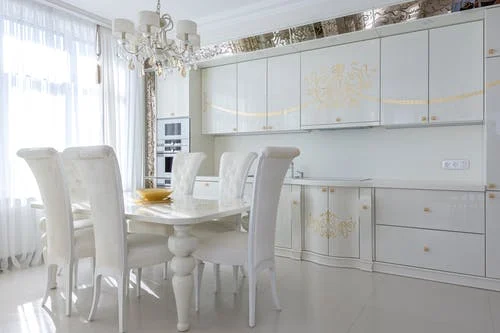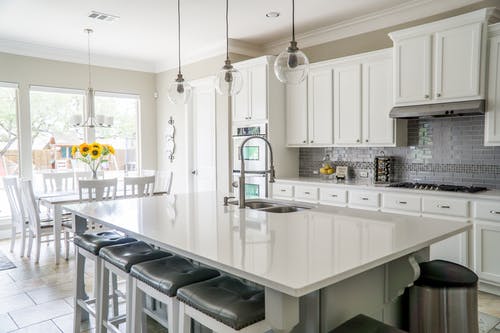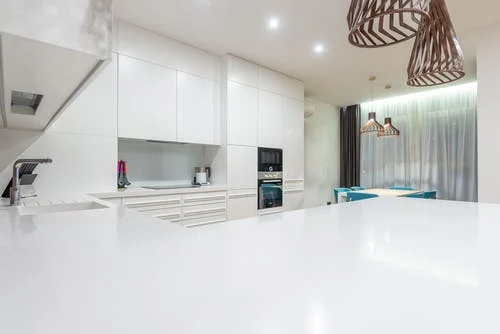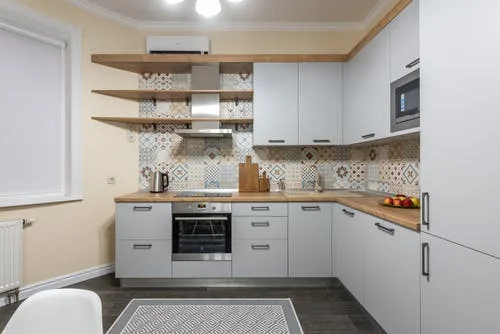Guide To Buy the Kitchen Cabinets
Jul 08,2021 | Vicky
Cabinets are the one thing that needs to be taken seriously when remodeling your kitchen. They form an integral part of the look, layout, and function of your kitchen. But because they are so expensive, it is worth your while to get to know all aspects of them.
Considerations When Choosing Kitchen Cabinets
- How long do you plan to stay in the house?
- What type of kitchen layout do you plan to use?
- What style and color of cabinets do you like?
- What is your budget?
Types of Kitchen Cabinets
- MDF: Standing for medium-density fiberboard,it's a term you hear over and over in connection with kitchen cabinets.
- Base Cabinets: Base cabinets rest on the floor and determine the kitchen's basic layout.
- Wall Cabinets: These cabinets hang from the wall and are usually in lesser number than base cabinets. They usually follow the same layout shape as base cabinets.
- Framed Cabinets: For a more traditional look, framed cabinets look like they have a "frame" (actually the cabinet box) around each door. In contrast to...
- Frameless Cabinets: Frameless have a door-against-door, drawer-against-drawer appearance. Looking at frameless cabinets from the front, you will see almost no cabinet box.


Planning and designing the space
Kitchen cabinets are an integral part of home design and remain an important part of measuring the value of a home. However, there is more to consider than price, style and material selection. Even the most basic kitchen remodel can be an expensive and time-consuming process. Take these steps before considering any materials and products.

Step 1: Resolve resale issues. The length of time the customer has lived there is also important. I first make sure the client determines whether the space is for rent, resale, or a place they will stay in and love forever.
Step 2: Determine the scope. This depends largely on budget and the current condition of the kitchen. If the space just needs a facelift and doesn't require reconfiguring the layout or relocating major appliances, replacing the facade or adding a new coat of paint may help a lot. However, when faced with cabinets that are not sturdy, layout issues or new construction, you will want to invest in new cabinets.
Step 3: Decide on the layout of your kitchen. Kitchen cabinets are one of the most practical and convenient work areas in any home. Before selecting the look, begin with an accurate, scaled floor plan of the existing space, with doors, windows and other building dimensions noted. The location of existing utilities, such as electrical, water and sewer connections, also needs to be documented, especially if the remodel involves reconfiguration of the space.
Modern design has pushed these traditional arrangements forward, creating larger, more open spaces. However, these basic configurations are still useful in determining the overall relationship of appliances and the distance between them. Unless you are an experienced do-it-yourselfer, it is recommended that you seek the help of a professional to establish the most efficient plan for your space and determine the size and specifications of your cabinets.
-1.jpeg?w=1699&h=1619)
.jpeg?w=2000&h=2000)



